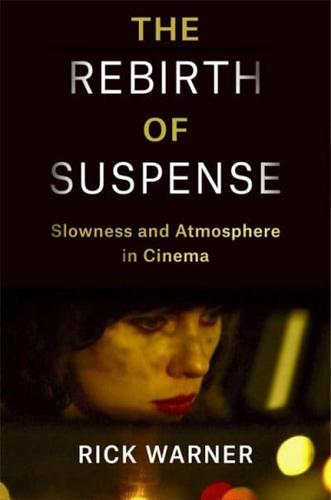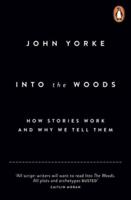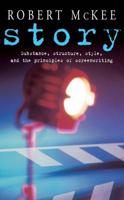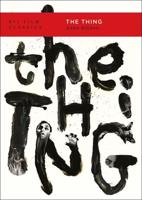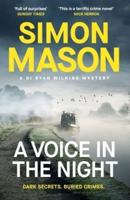Publisher's Synopsis
Typically, films are suspenseful when they keep us on the edge of our seats, when glimpses of a turning doorknob, a ticking clock, or a looming silhouette quicken our pulses. Exemplified by Alfred Hitchcock's masterworks and the countless thrillers they influenced, such films captivate viewers with propulsive plots that spur emotional investment in the fates of protagonists. Suspense might therefore seem to be a curious concept to associate with art films featuring muted characters, serene landscapes, and unrushed rhythms, in which plot is secondary to mood and tone.
This ambitious and wide-ranging book offers a redefinition of suspense by considering its unlikely incarnations in the contemporary films that have been called "slow cinema." Rick Warner shows how slowness builds suspense through atmospheric immersion, narrative sparseness, and the withholding of information, causing viewers to oscillate among boredom, curiosity, and dread. He focuses on works in which suspense arises where the boundaries between art cinema and popular genres-such as horror, thriller, science fiction, and gothic melodrama-become indefinite, including Chantal Akerman's La captive, Apichatpong Weerasethakul's Memoria, Jonathan Glazer's Under the Skin, Kelly Reichardt's Night Moves, Lucrecia Martel's Zama, Kiyoshi Kurosawa's Creepy, and David Lynch's Twin Peaks: The Return. Warner investigates the pivotal role of sound in generating suspense and traces how the experience of suspense has changed in the era of digital streaming. The Rebirth of Suspense develops a fresh theory, history, typology, and analysis of suspense that casts new light on the workings of films across global cinema.
